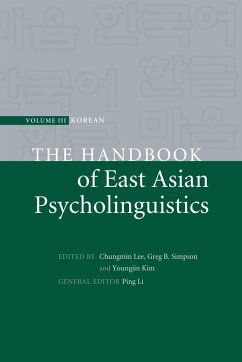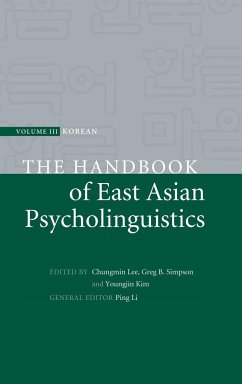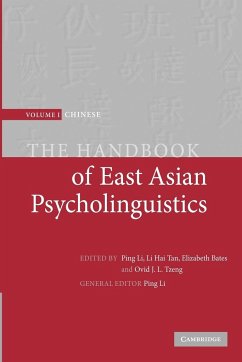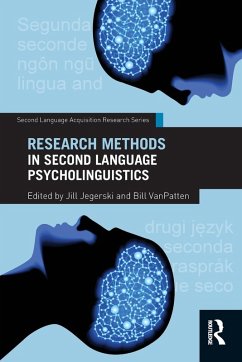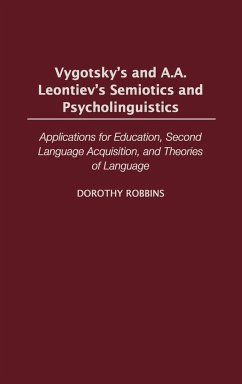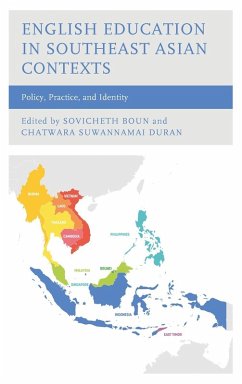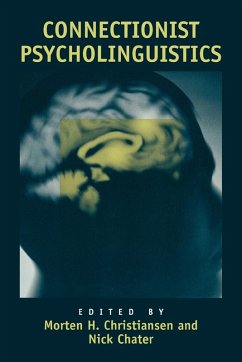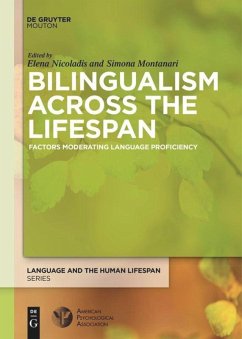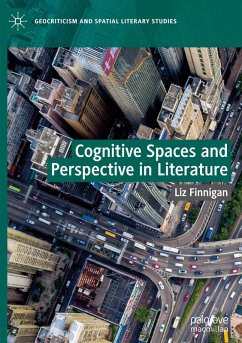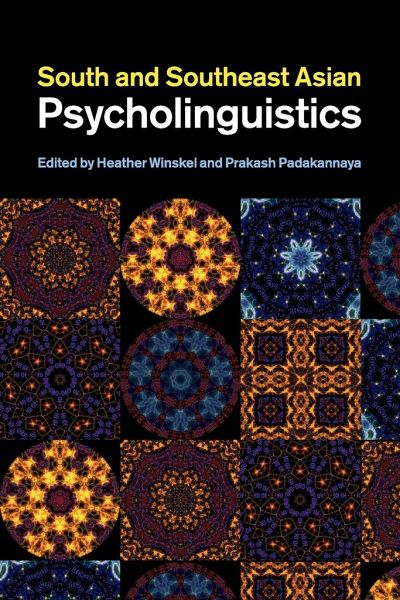
South and Southeast Asian Psycholinguistics
Versandkostenfrei!
Versandfertig in 1-2 Wochen
52,99 €
inkl. MwSt.

PAYBACK Punkte
26 °P sammeln!
This groundbreaking volume explores the languages of South and Southeast Asia, which differ significantly from Indo-European languages in their grammar, lexicon and spoken forms. This book raises new questions in psycholinguistics and enables readers to re-evaluate previous models in light of new research.





